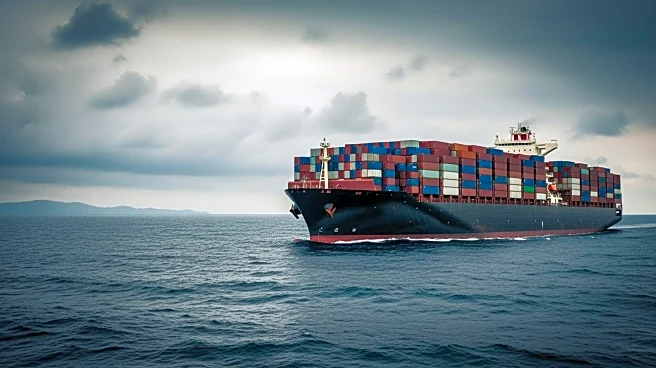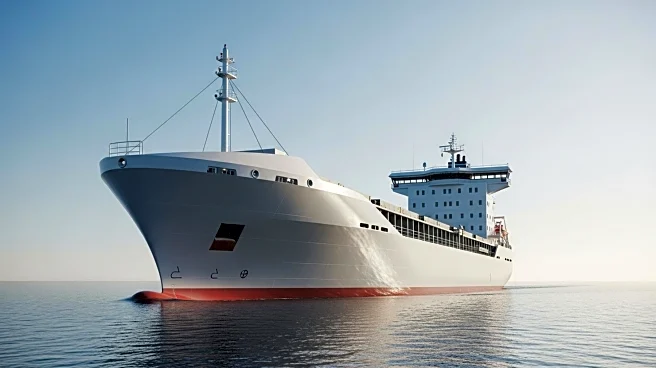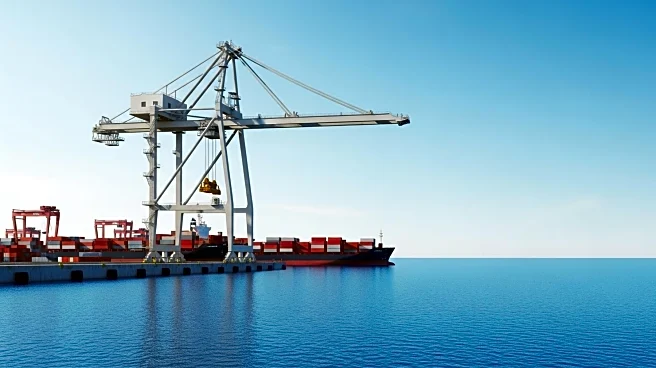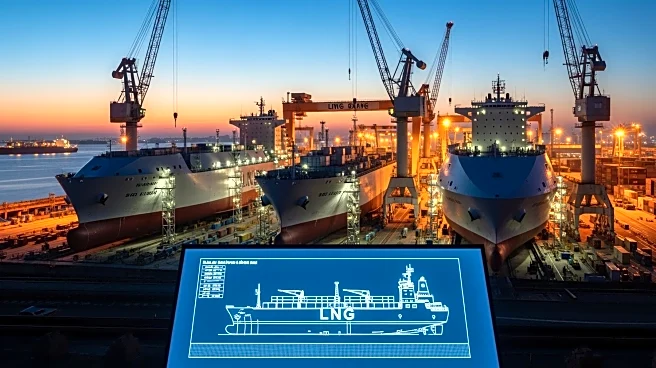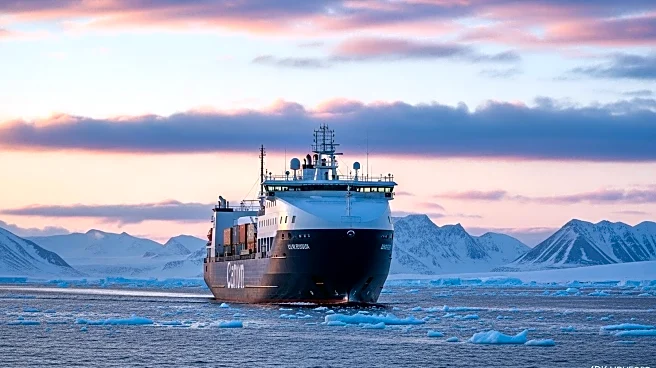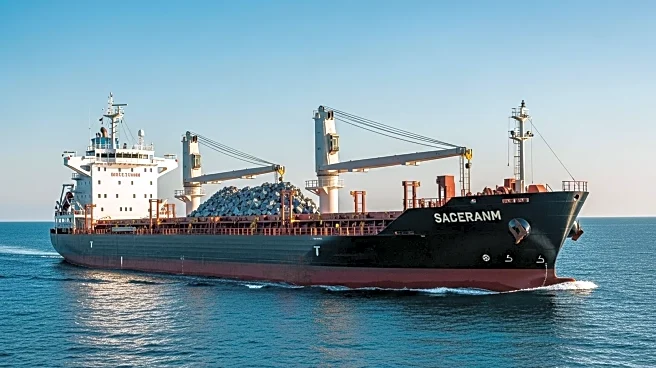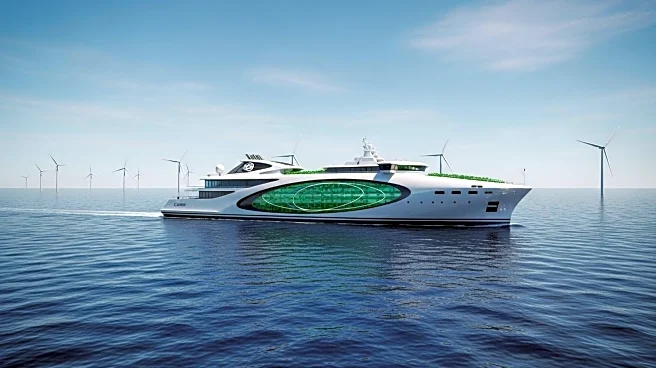What's Happening?
Drewry Maritime Research has reported a growing disconnect between freight rates and charter markets in the container shipping industry. Despite falling spot freight rates, charter rates remain high, driven
by tight vessel availability and long-term commitments. Major operators like MSC and CMA CGM have absorbed significant second-hand tonnage, increasing liner-owned fleet share from 54% in 2019 to 64% in 2025. This shift limits market liquidity and strengthens owners' pricing power. Geopolitical disruptions, such as insecurity in the Red Sea, have extended voyage times, increasing demand for chartered ships. Drewry forecasts incremental charter rate improvements for vessels up to 8,500 TEU in 2026.
Why It's Important?
The sustained high charter rates amidst falling freight rates indicate structural changes in the container shipping market. The increased liner-owned fleet share reduces availability for non-operating owners, impacting market dynamics and pricing power. Geopolitical factors and environmental regulations drive demand for fuel-efficient vessels, creating a scarcity premium. The anticipated market correction could affect profitability for carriers and influence investment decisions in fleet expansion and technology upgrades. The industry's response to these challenges will shape future shipping logistics and trade patterns.
What's Next?
Drewry anticipates a market correction as demand growth slows, profit margins narrow, and new vessels enter the market. The resumption of Suez Canal transits could alleviate some pressure on charter rates. Carriers may continue to lock in long-term charters to hedge against volatility, while investing in environmentally compliant vessels. The industry's adaptation to these changes will be crucial in maintaining service reliability and competitiveness in global trade.
Beyond the Headlines
The charter market's dynamics reflect broader trends in global shipping, including the impact of geopolitical tensions and environmental regulations. The industry's focus on fuel efficiency and compliance highlights the growing importance of sustainability in shipping operations. The anticipated correction may prompt strategic shifts in fleet management and investment priorities, influencing long-term industry growth and resilience.
